

Articles
What Kind Of Wax Do You Use To Make Candles
Modified: October 20, 2024
Discover the best articles on what kind of wax to use for making candles. Get expert tips and advice on choosing the right wax for your candle-making projects.
(Many of the links in this article redirect to a specific reviewed product. Your purchase of these products through affiliate links helps to generate commission for Storables.com, at no extra cost. Learn more)
Introduction
Welcome to the enchanting world of candle making! Whether you’re a seasoned candle maker or a beginner looking to explore this delightful craft, choosing the right kind of wax is crucial to creating beautiful and long-lasting candles. With a wide range of wax options available, it can be overwhelming to determine which one is best suited to your needs.
Understanding the different types of wax used for making candles is essential in order to achieve the desired results. Each type of wax has its own unique characteristics, such as burn time, scent throw, and appearance. By learning about the various wax options, you’ll be able to make an informed decision and create candles that both look and perform beautifully.
In this article, we’ll explore the different types of wax commonly used for making candles, including paraffin wax, soy wax, beeswax, palm wax, and coconut wax. We’ll discuss their properties, benefits, and drawbacks, along with important factors to consider when choosing the right wax for your candle-making projects.
So, let’s dive in and unravel the secrets of each wax type to help you discover the perfect wax for your candles!
Key Takeaways:
- Choose the right wax for your candles based on factors like burn time, scent throw, appearance, eco-friendliness, application, budget, and additive compatibility to create stunning and high-performing candles.
- Embrace the creative journey of experimenting with different wax types to discover the perfect fit for your unique candle-making projects, prioritizing safety and proper handling guidelines for each wax type.
Read more: What To Do With Old Wax Candles
Understanding Candle Wax
Before delving into the different types of wax used for making candles, it’s important to understand the basic composition of candle wax. Candle wax is a combustible solid material that serves as fuel for the candle’s flame. It is typically made from a combination of hydrocarbons, which are long-chain molecules derived from natural sources or petroleum.
Wax is chosen for its ability to burn slowly and evenly, providing a steady source of fuel for the candle’s flame. The choice of wax can greatly influence the overall performance and characteristics of the candle, such as its burn time, scent throw, and appearance.
There are several key factors to consider when selecting candle wax:
- Burn Time: This refers to the length of time the candle will burn before it is fully consumed. Some wax types have a longer burn time than others, allowing you to enjoy the candle’s glow for a longer period.
- Scent Throw: The scent throw of a candle refers to the intensity and diffusion of its fragrance. Certain wax types have a better scent throw, which means they are more effective in releasing and dispersing fragrance throughout a room.
- Appearance: The appearance of the candle is determined by the wax’s translucency, color, and texture. Different wax types produce varying visual effects, allowing you to create candles with unique aesthetics.
- Compatibility: Consider the compatibility of the wax with other candle-making materials, such as dyes, fragrances, and additives. Some waxes may interact differently with these materials, affecting the overall quality of the candle.
By understanding these factors, you’ll be better equipped to choose the ideal wax that aligns with your specific candle-making goals and desired outcomes. Now, let’s explore the different types of wax commonly used in candle making and their characteristics.
Types of Wax Used for Making Candles
When it comes to making candles, there are several types of wax to choose from. Each type has its own unique properties and characteristics that contribute to the overall performance and aesthetics of the candle. Let’s explore the most common types of wax used for making candles:
- Paraffin Wax: Paraffin wax is one of the most widely used waxes in candle making. It is derived from petroleum and is known for its affordability and versatility. Paraffin wax has a high melting point, allowing it to create strong and long-lasting candles. It also offers a wide range of colors and is compatible with various candle additives.
- Soy Wax: Soy wax is made from soybean oil, making it a natural and renewable option for candle making. It has gained popularity in recent years due to its eco-friendly nature. Soy wax burns cleaner and slower than paraffin wax, resulting in a longer burn time. It has excellent scent throw and can hold a high fragrance load, resulting in strong and aromatic candles.
- Beeswax: Beeswax is a natural wax produced by bees. It has a lovely honey-like aroma and a golden color, making it a popular choice for creating beautiful, handmade candles. Beeswax candles burn cleaner and emit negative ions that can improve indoor air quality. However, beeswax is more expensive than other waxes and has a higher melting point, which can impact the candle’s burn time.
- Palm Wax: Palm wax is derived from the oil palm tree and is considered a sustainable option for candle making. It is known for its beautiful crystalline appearance and excellent burn time. Palm wax has a high melting point and good scent throw. It is also compatible with dyes and other additives, allowing for creative and visually appealing candle designs.
- Coconut Wax: Coconut wax is made from the meat of coconuts and is another natural option for candle making. It has a creamy white appearance and a subtle coconut scent. Coconut wax is known for its excellent scent throw and long burn time. It also has a lower melting point, which makes it easier to work with when creating container candles.
Each type of wax has its own advantages and considerations, so it’s important to assess your specific needs and preferences when choosing the right wax for your candle-making projects. The next step is to understand the key factors to consider when selecting candle wax, which we’ll explore in the next section.
Paraffin Wax
Paraffin wax is one of the most popular choices for candle making due to its affordability, availability, and versatility. It is derived from petroleum and has been widely used in the industry for many years.
One of the main advantages of paraffin wax is its high melting point, which enables it to create strong and long-lasting candles. This means that paraffin wax candles have a slow and even burn, providing hours of enjoyment. Additionally, paraffin wax has a good scent throw, allowing candles to release fragrance effectively.
Another reason why paraffin wax is favored by candle makers is its broad range of colors. This wax type can be easily dyed to create candles in various shades, making it perfect for creating vibrant and eye-catching designs.
Paraffin wax is also compatible with a wide range of additives, such as fragrances, dyes, and UV inhibitors. This allows candle makers to customize their creations by adding scents or enhancing the visual appeal.
However, it’s important to note that paraffin wax is a petroleum-based product, which means it is not a renewable resource. Some individuals may have concerns about the environmental impact of using paraffin wax. Additionally, paraffin wax can produce soot when burned, which may result in black residue on candle jars or surrounding surfaces.
Despite these drawbacks, paraffin wax remains a popular choice for candle making, especially for those who prioritize affordability, versatility, and a wide range of color options. It is an excellent choice for beginners who are just starting their candle-making journey.
As with any wax type, proper handling and safety precautions should be taken when working with paraffin wax. It is recommended to follow the manufacturer’s guidelines and use appropriate equipment to ensure a safe and enjoyable candle-making experience.
Soy Wax
Soy wax has gained significant popularity in the candle-making industry in recent years, thanks to its natural and eco-friendly properties. It is made from soybean oil, which is a renewable resource, making it an attractive option for environmentally-conscious candle makers.
One of the key advantages of using soy wax is its clean-burning nature. Soy wax candles produce minimal soot and smoke, resulting in a cleaner and healthier environment. This makes them ideal for individuals with respiratory sensitivities or allergies.
Soy wax also has a lower melting point compared to paraffin wax, allowing for a longer burn time. This means that soy wax candles can burn slower and last longer, providing extended hours of enjoyment. The slower burn rate also helps in preserving the scent of the candle, resulting in a more consistent and long-lasting fragrance throw.
In terms of scent throw, soy wax is known for its excellent ability to hold and release fragrance. It has a good scent throw both while the candle is burning and when it is unlit. This makes soy wax an ideal choice for those who desire strong and aromatic candles.
Another advantage of soy wax is its versatility. It is compatible with a wide variety of candle additives such as dyes, essential oils, and fragrances. This allows candle makers to explore endless creative possibilities and customize their candles according to their preferences.
However, it’s important to note that soy wax can be slightly more expensive than other wax types due to the higher cost of soybean oil. Additionally, soy wax candles may have a different aesthetic compared to paraffin wax candles. Soy wax tends to have a slightly softer and more natural appearance, with a creamy texture that adds a touch of elegance to the candles.
Overall, soy wax is a fantastic choice for those looking to create environmentally-friendly and clean-burning candles. Its natural origin, excellent scent throw, and longer burn time make it a popular option among candle makers and enthusiasts.
When working with soy wax, it is recommended to follow the manufacturer’s instructions and guidelines to achieve the best results. Proper temperature control and handling techniques will ensure a successful and enjoyable candle-making experience.
Read more: How To Make Wax For Candles At Home
Beeswax
Beeswax is a natural and versatile wax that is produced by honeybees. It has been used for centuries in candle making due to its unique properties and beautiful aesthetic.
One of the main advantages of using beeswax is its natural fragrance. The wax has a subtle and sweet honey-like aroma that adds a delightful scent to candles. This natural fragrance provides a soothing and calming ambiance when the candles are burned.
In addition to its pleasing scent, beeswax is known for its clean-burning properties. It produces minimal soot and smoke, resulting in a healthier and cleaner environment. This makes beeswax candles an excellent choice for individuals with allergies or respiratory sensitivities.
Beeswax candles have a distinctive golden color that adds a touch of warmth and elegance to any setting. The natural color and texture of the wax give the candles a rustic and organic look, making them visually appealing as decorative pieces.
Furthermore, beeswax has a high melting point, allowing for a longer burn time compared to some other wax types. This means that beeswax candles can burn for extended periods, providing hours of enjoyment and relaxation.
However, there are a few considerations to keep in mind when working with beeswax. Firstly, beeswax is more expensive than other wax options due to its limited availability and the labor-intensive process of harvesting it from beehives. Additionally, beeswax candles may have a slightly higher melt point, so it is important to use appropriate wick sizes to ensure a proper and even burn.
Despite these factors, beeswax remains a preferred choice for candle makers who value natural and sustainable materials. The unique properties of beeswax, such as its natural fragrance, clean burn, and attractive appearance, make it a premium option for those seeking high-quality candles.
When working with beeswax, it is recommended to handle it with care and follow proper safety precautions. Using a double boiler or a wax melter is an effective way to melt the wax without subjecting it to direct heat, which could potentially damage its properties.
When making candles, use natural waxes like soy, beeswax, or coconut wax for a cleaner and longer-lasting burn. Avoid paraffin wax, as it can release harmful chemicals when burned.
Palm Wax
Palm wax is a unique and sustainable wax option that is derived from the oil palm tree. It has gained popularity in candle making due to its beautiful appearance and eco-friendly attributes.
One of the most notable features of palm wax is its crystalline structure. When cooled, palm wax naturally forms distinctive crystal patterns, giving candles a visually stunning and unique texture. This makes palm wax candles a popular choice for those who want to create visually captivating and decorative pieces.
In addition to its aesthetic appeal, palm wax offers excellent burning characteristics. It has a high melting point, resulting in candles that burn slowly and evenly. Palm wax candles have a longer burn time compared to some other wax types, allowing for extended use and enjoyment.
Another advantage of palm wax is its ability to hold and release fragrance effectively. It has a good scent throw, ensuring that candles fill the surrounding space with their delightful aroma. This makes palm wax candles a great choice for those who enjoy aromatic experiences.
Palm wax is also considered a sustainable option for candle making. When sourced from certified sustainable plantations, palm wax can be an environmentally-friendly choice. It is a natural and renewable resource that can be replenished, minimizing its impact on deforestation and wildlife habitats.
However, it is important to note that not all palm wax is sustainably sourced. It is crucial to look for certifications, such as RSPO (Roundtable on Sustainable Palm Oil), to ensure that the palm wax you use comes from responsible and ethical sources.
When working with palm wax, it is typically used for container candles due to its brittle nature. The crystalline structure of palm wax can make it challenging to use for pillar or taper candles, as they require more flexibility.
Overall, palm wax is a fantastic choice for candle makers who appreciate its unique and captivating appearance, long burn time, and eco-friendly qualities. By selecting sustainably sourced palm wax, you can create stunning candles while minimizing the environmental impact.
Coconut Wax
Coconut wax is a natural and sustainable wax option that is derived from the meat of coconuts. It has gained popularity in the candle-making industry for its unique properties and benefits.
One of the main advantages of using coconut wax is its excellent scent throw. It has a high fragrance load capacity, allowing it to hold and release fragrance effectively. This means that coconut wax candles can fill a room with their delightful aroma, providing an immersive sensory experience.
In addition to its strong scent throw, coconut wax has a longer burn time compared to many other wax types. It has a low melting point, which allows the candles to burn slowly and evenly. This means that coconut wax candles can provide extended hours of cozy and enjoyable illumination.
Coconut wax also possesses a beautiful creamy white appearance, which adds a touch of elegance and sophistication to candles. The smooth and luxurious texture of the wax enhances the visual appeal of the finished candles, making them an attractive choice for gift-giving or home décor.
Another notable characteristic of coconut wax is its eco-friendly nature. It is a natural and renewable resource that is derived from coconuts, making it a sustainable option. Additionally, coconut wax is biodegradable, ensuring minimal environmental impact.
When working with coconut wax, it is important to note that it is softer compared to some other wax types. It is best suited for container candles rather than pillar or taper candles, as it may not provide the necessary structural integrity. However, its soft texture makes it easy to work with when pouring into containers.
It’s worth mentioning that coconut wax can be more expensive than other wax options due to the labor-intensive process of extracting wax from coconuts. However, many candle enthusiasts find the unique qualities and eco-friendly aspects of coconut wax well worth the investment.
Overall, coconut wax is an excellent choice for those who prioritize strong scent throw, longer burn time, and a natural and sustainable wax option. By using coconut wax, you can create beautifully scented candles that add a touch of elegance and sophistication to any space.
Choosing the Right Wax for Your Candles
Now that we’ve explored the different types of wax used in candle making, you may be wondering how to choose the right one for your specific needs and preferences. Selecting the appropriate wax is crucial as it can greatly impact the performance, appearance, and overall quality of your candles. Here are some important factors to consider when choosing the right wax:
- Intended Use: Consider the purpose of your candles. Are you making them for ambiance, relaxation, or decorative purposes? Different wax types have varying burn times, scent throws, and visual effects. Understanding the goal of your candles will help you prioritize the desired characteristics.
- Burning Time: Determine the desired burn time for your candles. If you want candles that burn for longer periods, waxes with higher melting points like paraffin or palm wax are ideal. For shorter burn times, soy wax or coconut wax can be a great choice.
- Scent Throw: Fragrance enthusiasts may prioritize a strong and long-lasting scent throw. Soy wax and beeswax are known for their excellent scent-carrying abilities, making them suitable options if you want candles with a robust aroma.
- Aesthetics: Consider the visual aspects of your candles. Do you prefer creamy white, golden, or vibrant colored candles? Different wax types provide distinct appearances when set and cooled. Beeswax and palm wax produce unique textures and patterns, while paraffin and soy wax can be easily dyed for a variety of colors.
- Eco-Friendliness: If sustainability is important to you, consider using natural waxes like soy wax, beeswax, palm wax, or coconut wax. These options are renewable and biodegradable, minimizing the environmental impact of your candle-making process.
- Budget: Evaluate your budget for candle-making materials. Some wax types may be more expensive than others due to factors like availability, sourcing, or processing. Consider the cost-benefit ratio and choose a wax that aligns with your budgetary constraints.
- Compatibility: Assess the compatibility of the wax with any specific additives you’d like to use. Some waxes may interact differently with dyes, fragrances, or other additives, affecting the overall quality and performance of your candles.
By considering these factors, you’ll be able to make an informed decision and choose the right wax for your candle-making projects. Remember, there is no one-size-fits-all approach, and personal preference plays a significant role.
Experimenting with different wax types and combinations can be a fun and creative process. Embrace the journey of discovering the wax that aligns with your unique vision and helps you create the perfect candles.
Factors to Consider when Selecting Candle Wax
When it comes to selecting the perfect candle wax for your projects, there are several important factors to consider. These factors will help you choose a wax that aligns with your specific goals, preferences, and overall vision. Here are the key factors to keep in mind:
- Burn Time: Consider the desired burn time for your candles. Some waxes, like paraffin and palm wax, have higher melting points, which allow for longer burn times. If you want candles that burn for extended periods, these waxes are ideal choices. Alternatively, if you prefer shorter burn times, soy wax or coconut wax can provide you with the desired effect.
- Scent Throw: The scent throw refers to the intensity and diffusion of the fragrance from your candles. If you want candles with strong and long-lasting scents, soy wax and beeswax are excellent options. These waxes have better fragrance-holding capacities and can fill a room with their delightful aromas.
- Appearance: Consider the visual appeal you want for your candles. Different waxes produce unique appearances when set and cooled. Beeswax and palm wax, for example, create textured and visually captivating candles due to their natural crystalline patterns. Paraffin and soy wax, on the other hand, offer versatility with their ability to be easily dyed and colored to create vibrant candles.
- Environmental Impact: For those who prioritize sustainability, consider using natural waxes like soy wax, beeswax, palm wax, or coconut wax. These waxes are derived from renewable sources and are biodegradable, ensuring a reduced impact on the environment compared to petroleum-based waxes.
- Candle-Making Application: Think about the type of candles you want to create. Different waxes have varying suitability for certain types of candles. For example, soy wax and beeswax are well-suited for container candles, while paraffin wax is commonly used for pillar candles. Consider the specific application you have in mind and choose a wax that matches those requirements.
- Price: Evaluate your budgetary constraints when selecting the wax for your candles. Different waxes may vary in price due to factors like availability, sourcing, or processing. Consider the cost-benefit ratio and choose a wax that fits within your budget while still meeting your desired outcomes.
- Additive Compatibility: Assess the compatibility of the wax with any additives you plan to use, such as dyes or fragrances. Not all waxes may interact well with certain additives, which can affect the quality and performance of your candles. Ensure that your chosen wax is compatible with the specific additives you want to incorporate.
By considering these factors, you can make an informed decision when selecting candle wax. Remember, finding the perfect wax is a balance between your desired outcome, budget, and environmental concerns. Experimentation and creativity are key to discovering the wax that best suits your individual needs and helps you create beautiful and captivating candles.
Conclusion
Candle making is a fascinating and creative craft that allows you to bring warmth, ambiance, and beauty into any space. Selecting the right wax is a crucial step in creating candles that not only look stunning but also perform exceptionally well.
In this article, we explored the various types of wax commonly used in candle making, including paraffin wax, soy wax, beeswax, palm wax, and coconut wax. Each wax type offers its own unique qualities, from affordability and versatility to eco-friendliness and strong scent throw.
When choosing the right wax for your candles, it’s important to consider factors such as burn time, scent throw, appearance, environmental impact, candle-making application, budget, and additive compatibility. By taking these factors into account, you’ll be able to select a wax that aligns with your specific goals and preferences.
Whether you’re seeking long-lasting candles, captivating visual effects, eco-friendly options, or powerful fragrance throw, there is a wax choice for every candle maker. The key is to explore and experiment with different wax types to find the perfect fit for your unique candle-making projects.
As you embark on your candle-making journey, remember to prioritize safety and follow proper handling guidelines for each type of wax. Each wax has its own melting points and requirements, so it’s crucial to educate yourself on the specific techniques and equipment needed for successful candle making.
With the right wax in hand, coupled with your creativity and passion, you’ll be able to create beautifully crafted candles that bring joy and enchantment to yourself and those around you.
So, let your imagination soar, and may your candle-making adventures be filled with warmth, light, and the sweet aroma of success!
Frequently Asked Questions about What Kind Of Wax Do You Use To Make Candles
Was this page helpful?
At Storables.com, we guarantee accurate and reliable information. Our content, validated by Expert Board Contributors, is crafted following stringent Editorial Policies. We're committed to providing you with well-researched, expert-backed insights for all your informational needs.
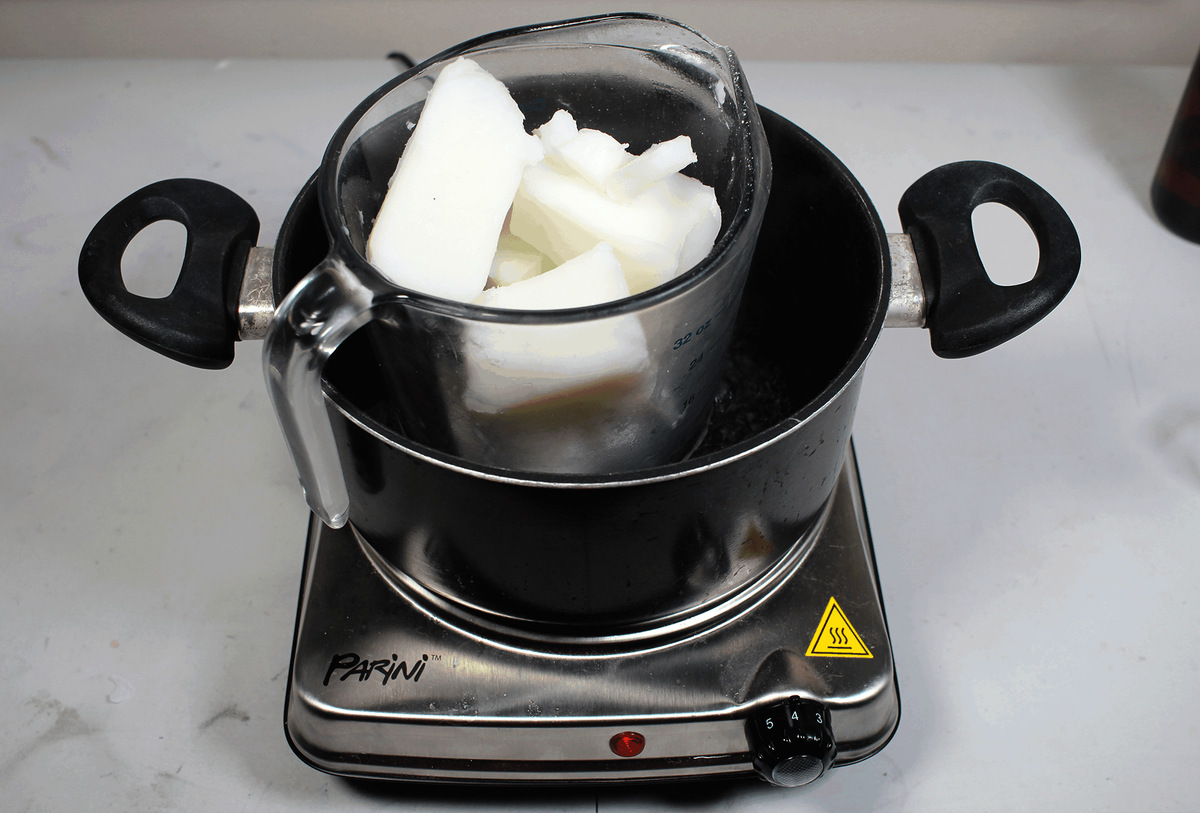


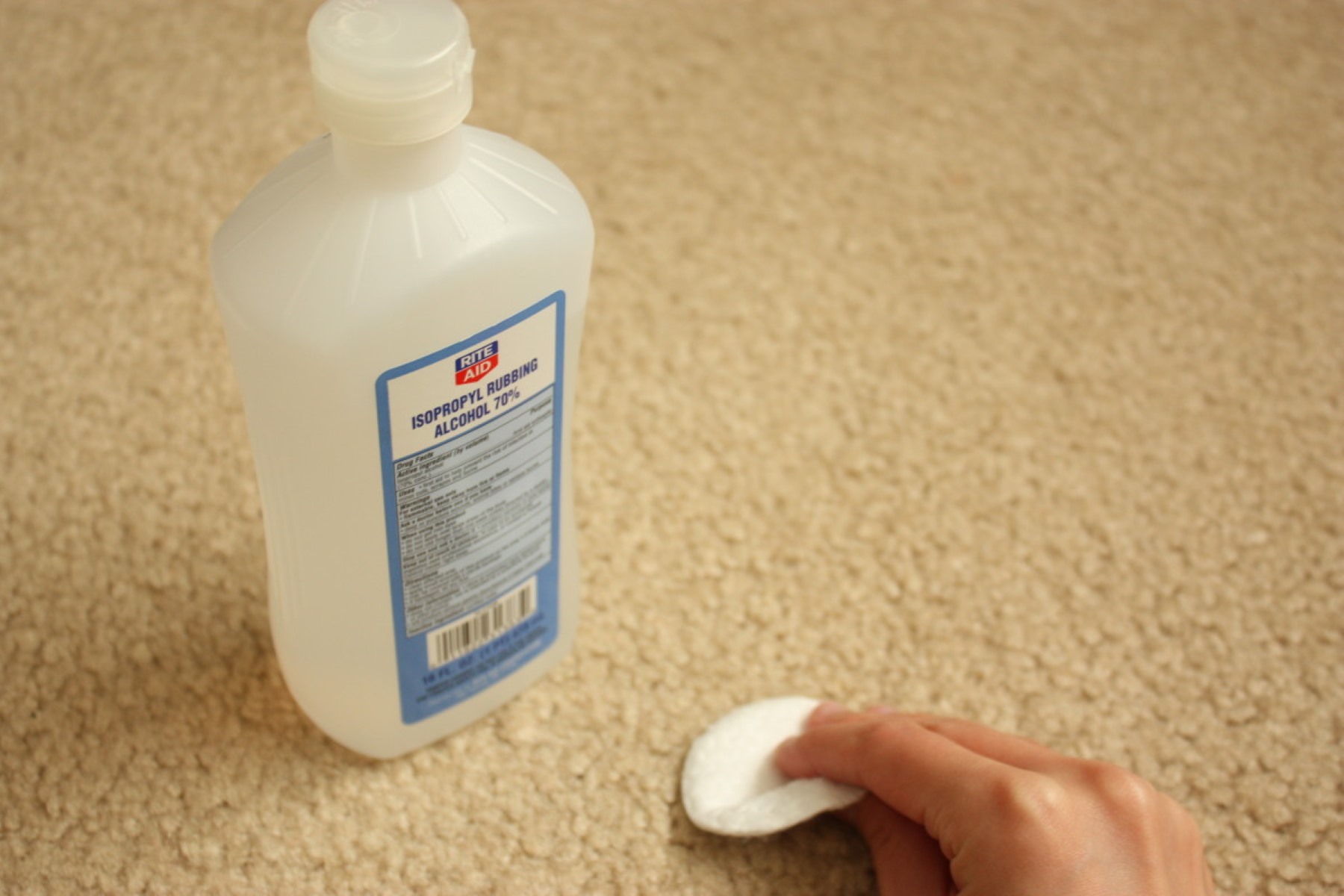
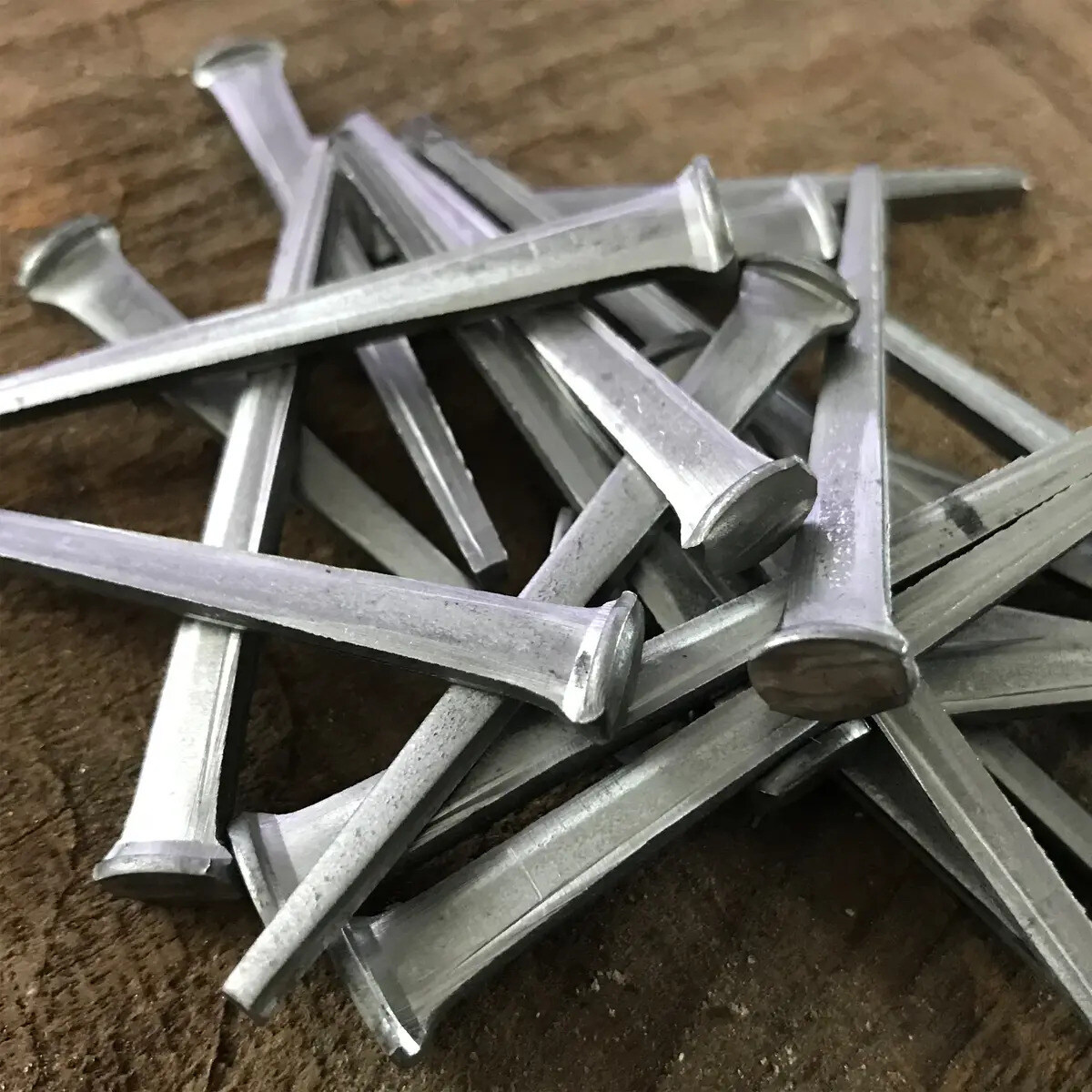

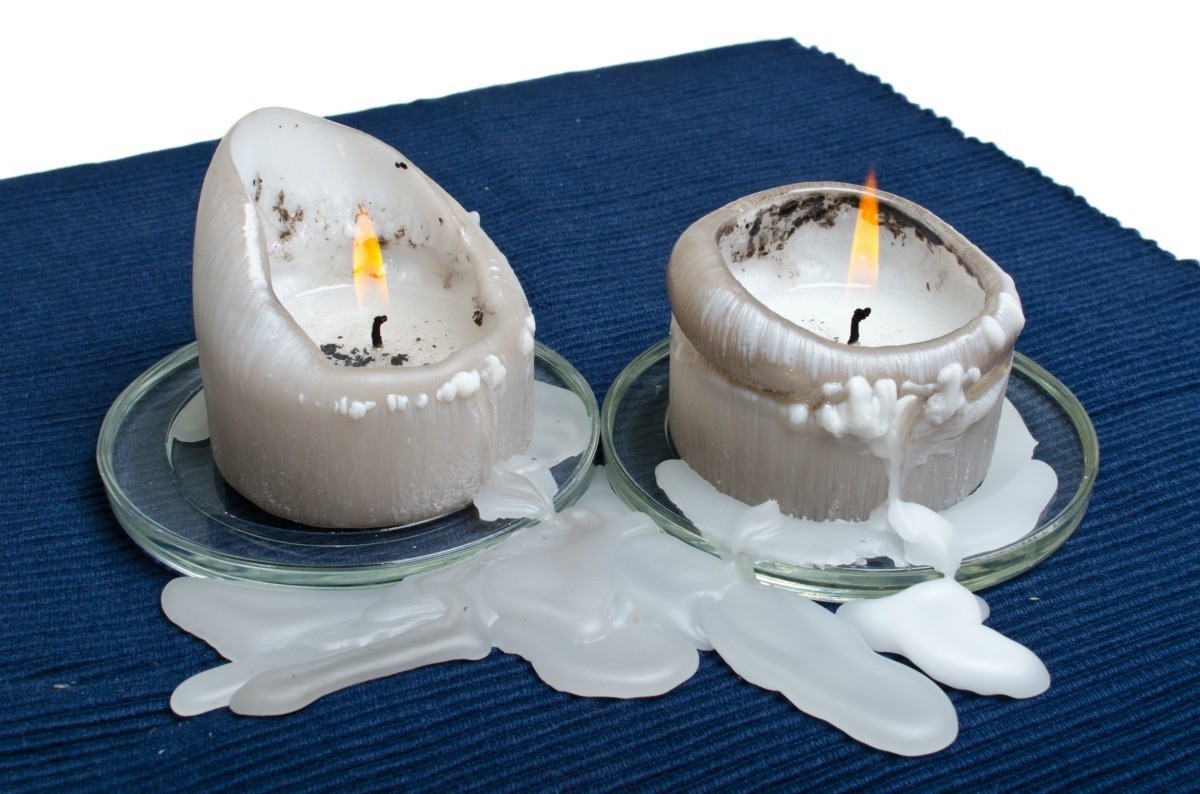
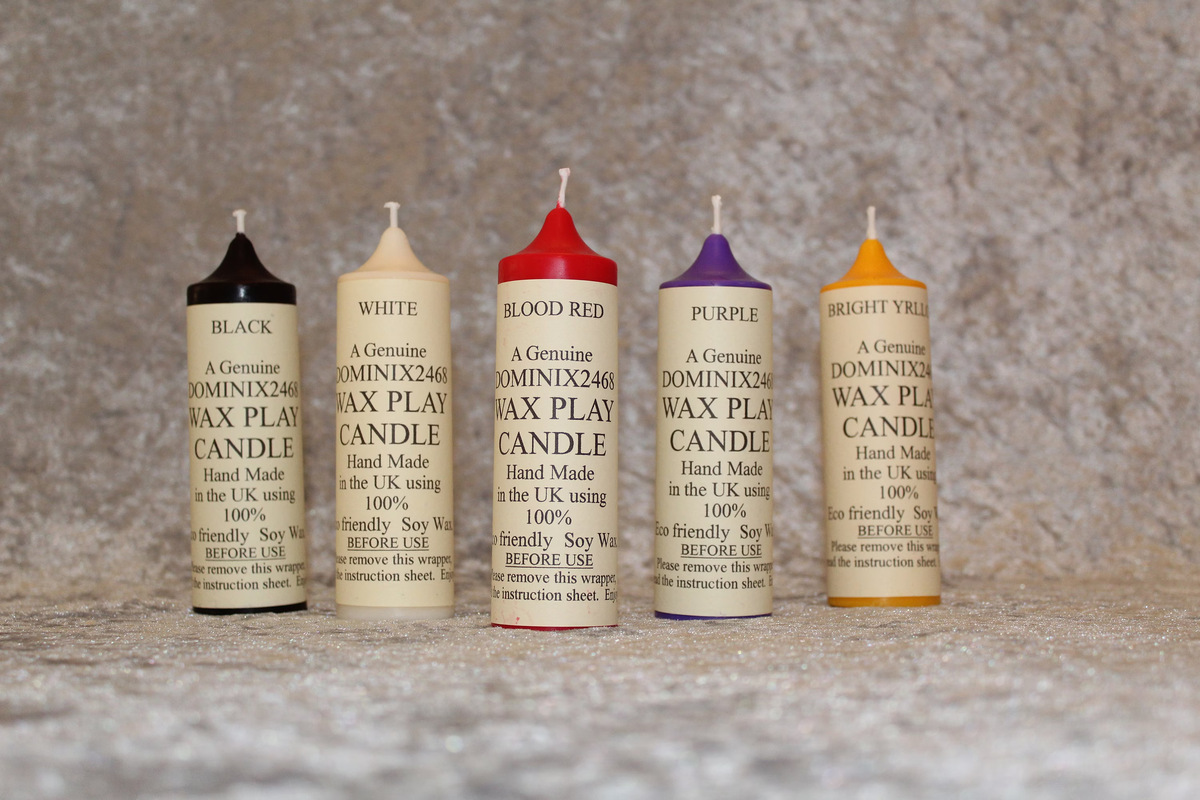
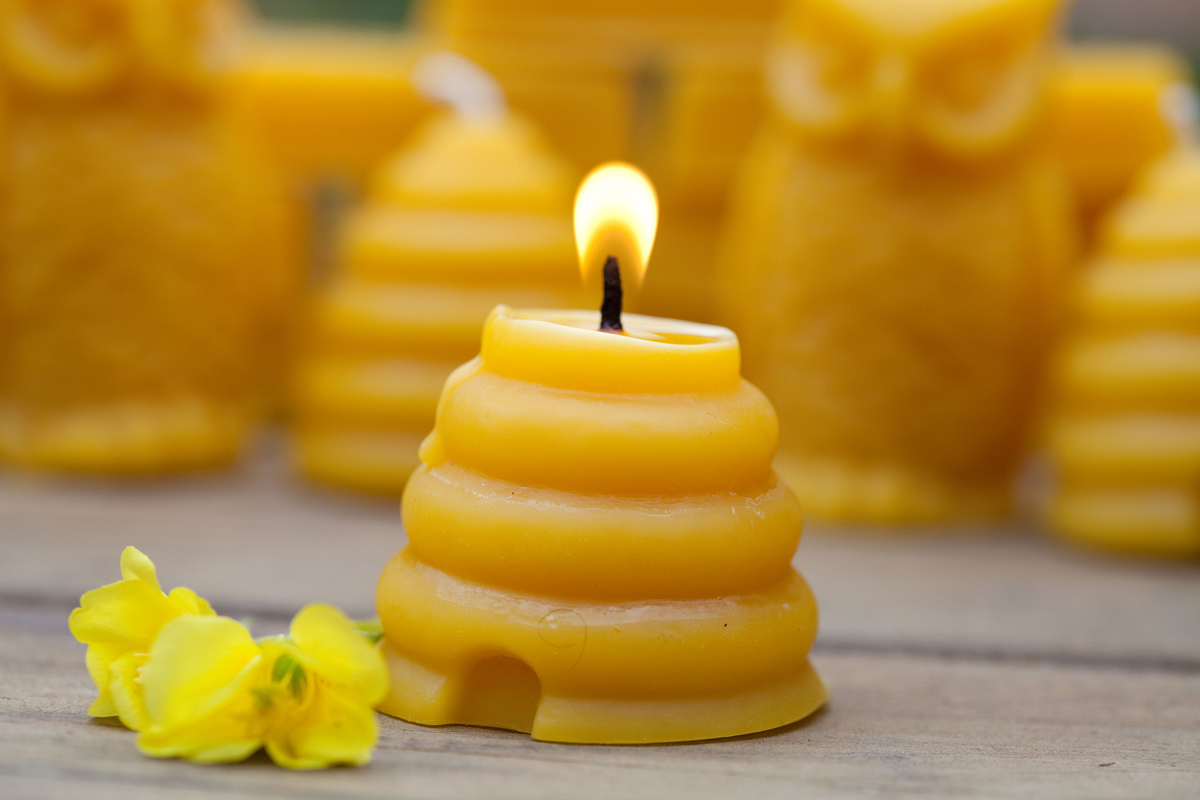
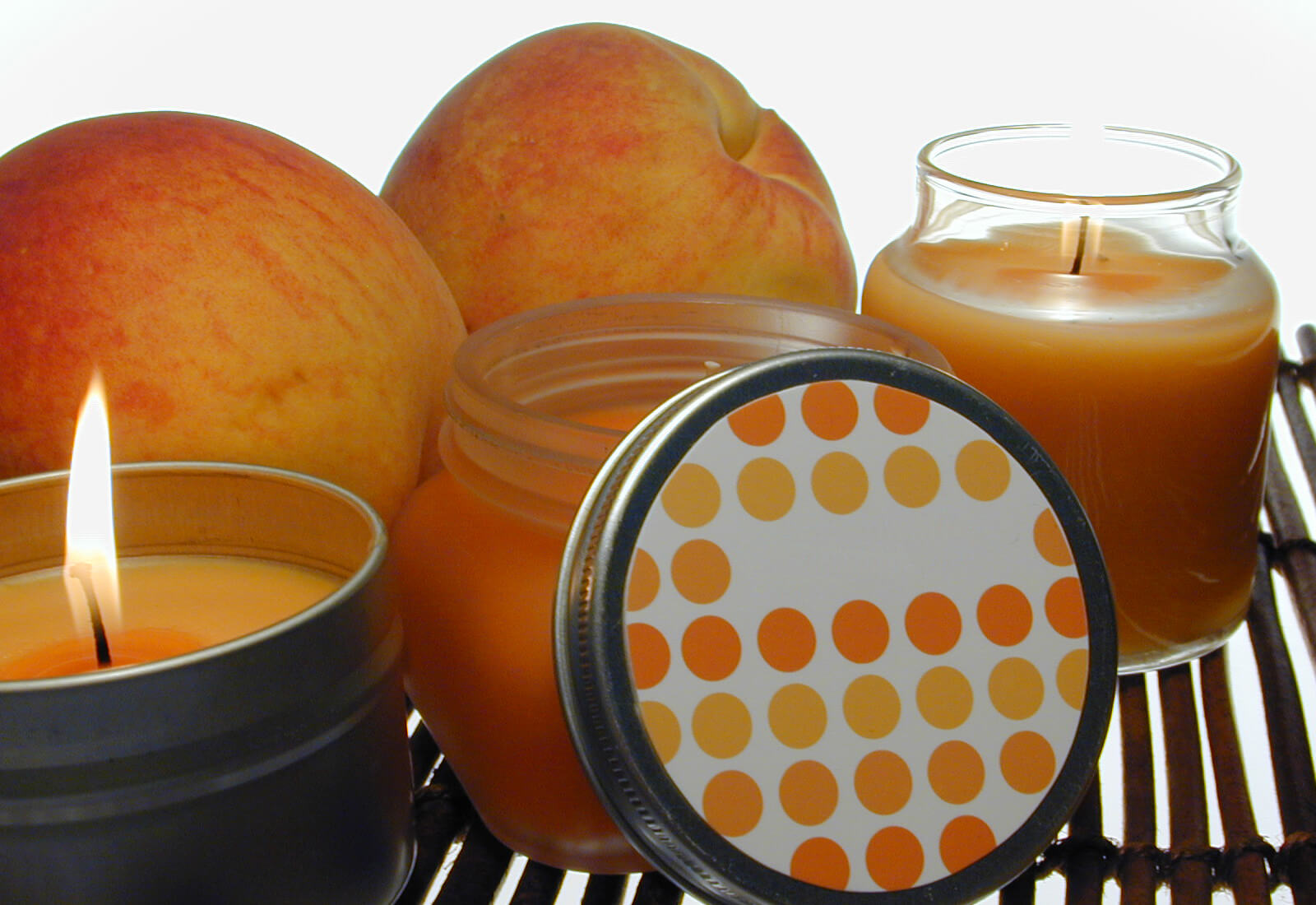
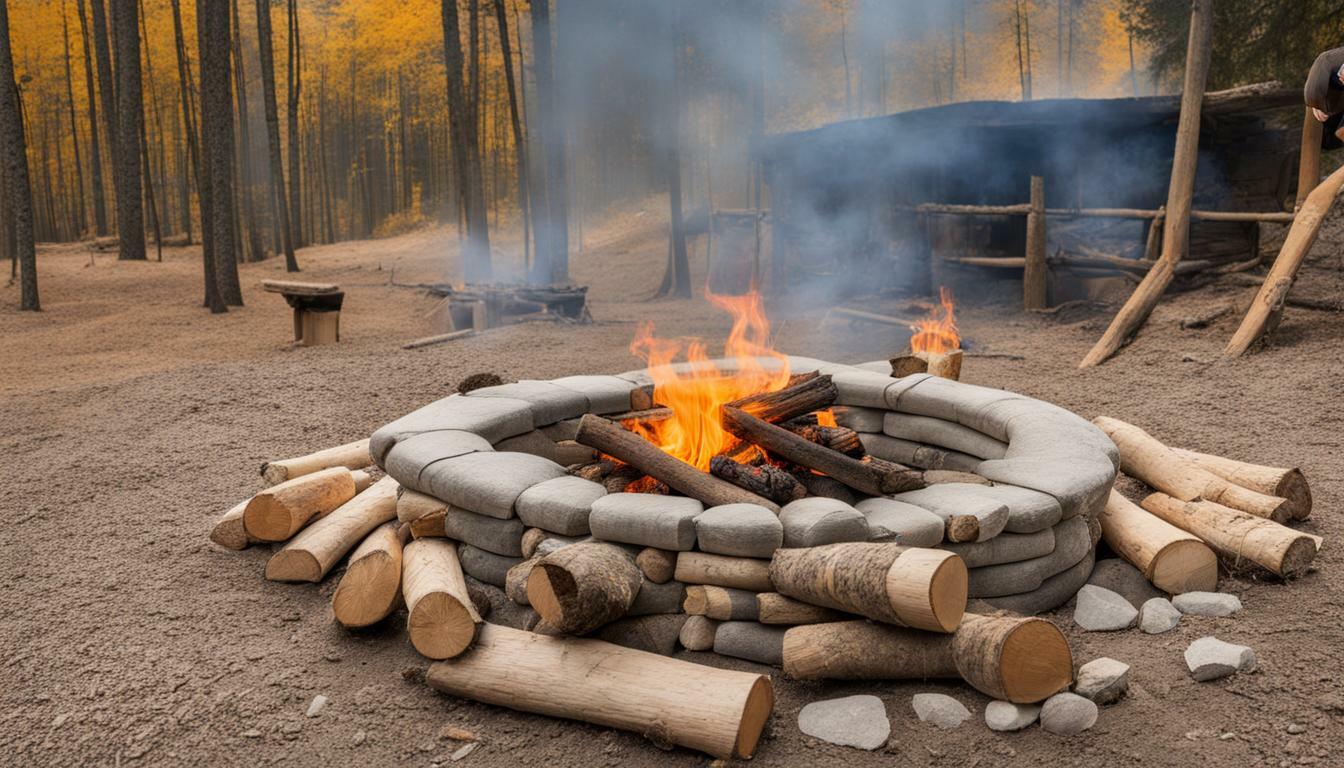
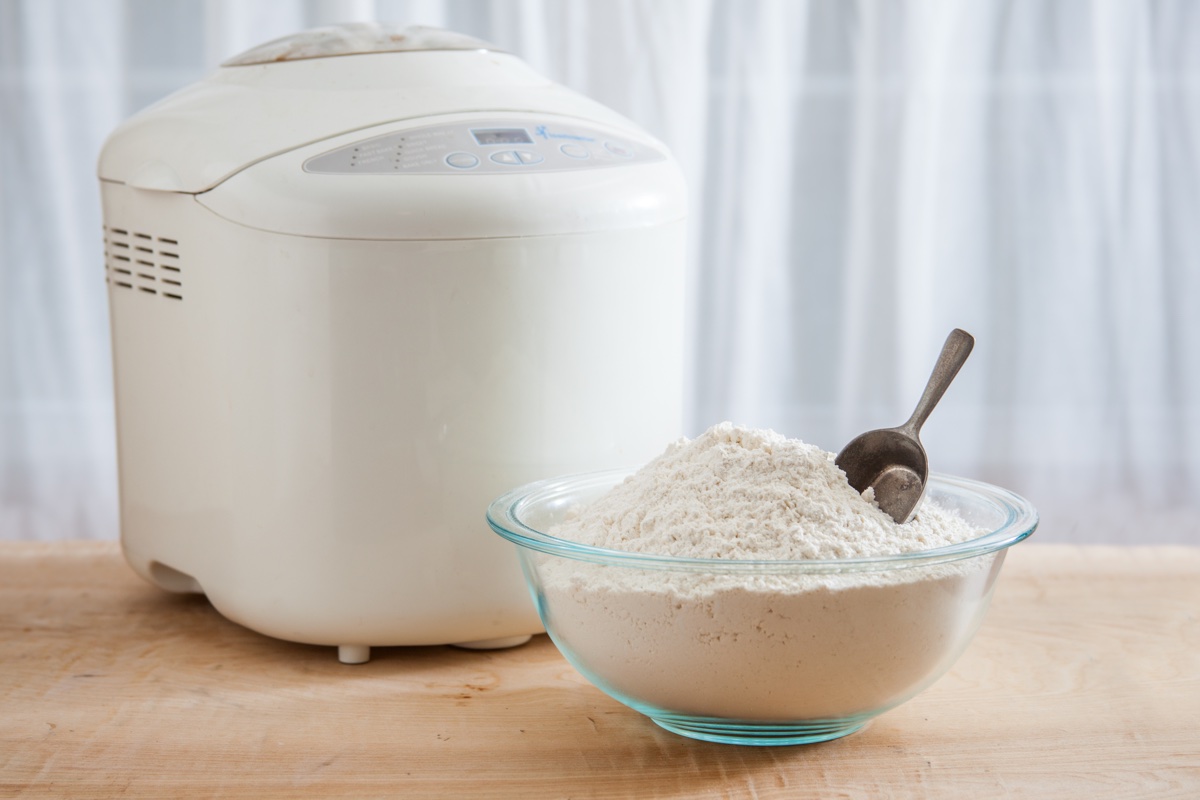


0 thoughts on “What Kind Of Wax Do You Use To Make Candles”